Table of Contents
You know that ache that doesn’t quite go away—the one that wakes you up at 2 AM wondering if it was all your fault, or if they ever really loved you? Breakups do that. But here’s the twist: how much it hurts, how long it lingers, and how you carry it—it’s not just about what happened between you and them. It’s also about you and you. More specifically, your attachment style.
This isn’t pop-psychology clickbait. It’s biology. Neuroscience. Your attachment style is a hidden script running in the background of every relationship you enter. And when a breakup happens, that script gets triggered—hard. Understanding it can make the difference between being crushed and feeling cracked open enough to grow.
Why Breakups Feel So Different for Different People
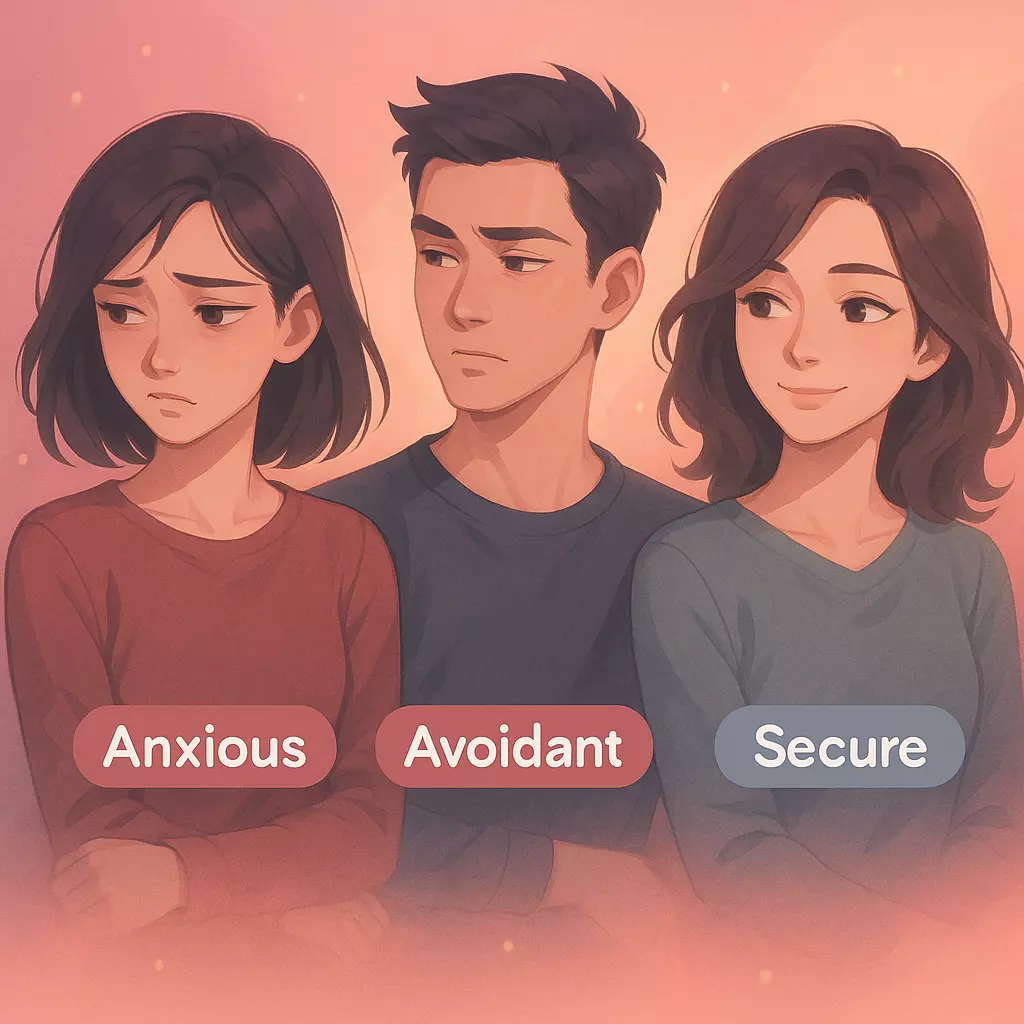
Some people spiral. Others go numb. A few seem weirdly okay. That’s not a sign of strength or weakness—it’s wiring.
- Secure Attachment: You manage loss with more balance. Cortisol rises, but not excessively. You grieve and function.
- Anxious Attachment: Emotional hyperactivation. The amygdala and insula overfire. Ruminating, overanalyzing, spiraling.
- Avoidant/Fearful-Avoidant Attachment: Low cortisol output, numbing, emotional shutdown. Suppressed pain masked as calm.

Why Breakups Hurt So Much (Science of Heartbreak & Healing)
Let’s examine breakups in: Biology of love & loss, Attachment styles, Rejection psychology, Closure, Rumination, Grief
Tap here to read more →Inside the Brain: Heartbreak Is Neurological
Your brain doesn’t distinguish between physical and emotional pain. Breakups activate the same regions as injury: the amygdala (distress), insula (self-awareness), and hippocampus (memory).
Anxiously attached individuals may feel like the breakup is traumatic and inescapable. Avoidant individuals suppress that pain—but their nervous system still feels it. These are real, neural responses.
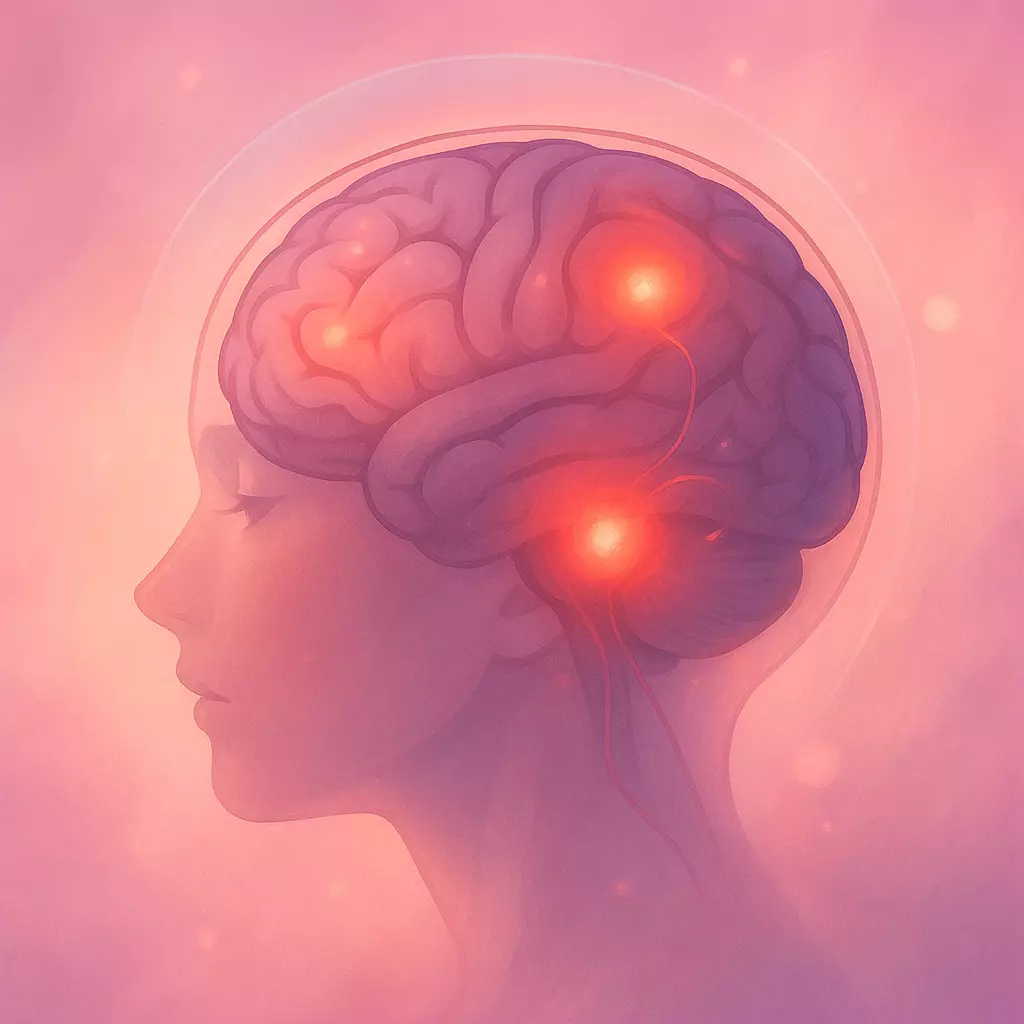
How Knowing Your Attachment Style Helps You Heal
Your attachment style is not a sentence—it’s a map. Once you know your terrain, you can navigate differently.
- If you’re anxious: Mindfulness, therapy, secure relationships can soothe the alarm system.
- If you’re avoidant: Practice staying, feeling, sharing—healing comes from vulnerability.
- If you’re secure: Grieve and grow. Breakups hurt, but don’t break you.
Attachment style is your emotional blueprint. But blueprints can be redrawn.
Heartbreak isn’t proof that you’re broken—it’s evidence that you’re wired for connection. Understanding your attachment style is a form of self-compassion, a gentle guide toward healing and wholeness.
FAQ
Q1. How does my attachment style affect how I handle breakups?
Your attachment style shapes how your brain and body respond to loss. Anxious types often experience intense emotional pain and rumination, while avoidant individuals may emotionally shut down. Securely attached people typically process breakups with more emotional balance.
Q2. Why do some people seem unaffected after a breakup?
People with avoidant or fearful-avoidant attachment styles may show blunted cortisol responses and emotional detachment. This doesn’t mean they don’t feel pain—it means their bodies are wired to suppress emotional distress as a coping mechanism.
Q3. What happens in the brain during a breakup?
Breakups activate brain regions like the amygdala, hippocampus, and insula, which are linked to emotional pain, memory, and self-awareness. These neural reactions explain why heartbreak feels physically painful and mentally consuming.
Q4. Can understanding my attachment style help me recover from a breakup?
Yes, recognizing your attachment style provides insight into your emotional patterns and healing needs. Tailored strategies—like mindfulness for anxious types or emotional expression for avoidant types—can improve how you cope with breakups.
Scientific Sources
-
Tara Kidd & Mark Hamer (2008): Examining the association between adult attachment style and cortisol responses to acute stress
Key Finding: Fearful-avoidant individuals showed significantly lower cortisol output compared to secure and dismissive groups, indicating distinct stress response patterns.
Why Relevant: Shows how different attachment styles cause biological variance in how people process emotional stress such as breakups.
https://www.ncbi.nlm.nih.gov/pmc/articles/PMC3114075/ -
van der Watt, Du Plessis, Seedat et al. (2024): Hippocampus, amygdala, and insula activation in response to romantic relationship dissolution stimuli
Key Finding: Breakup-related brain stimuli activated areas associated with distress and emotional pain—specifically the hippocampus, amygdala, and insula.
Why Relevant: Provides neurological evidence of why heartbreak feels so painful and how attachment style modulates that pain.
https://www.researchgate.net/publication/351291715 -
Anonymous (192 subjects) (2018): Voxel-based morphometry study on adult attachment style and brain gray matter volume
Key Finding: Structural differences in gray matter volume were found depending on attachment style, correlating with how recent emotional losses were processed.
Why Relevant: Highlights the long-term physical brain differences caused by attachment style, affecting how heartbreak is experienced.
https://pubmed.ncbi.nlm.nih.gov/30005995/
- Attachment Wounds Explained: Powerful Ways to Start Healing After Heartbreak

- Powerful Healing: Changing Your Attachment Style After a Breakup

- The Painful Truth About Your Ex’s Attachment Style (and Why You Still Feel Haunted)

- The Powerful Link Between Attachment Style and Healing After a Breakup

- Secure Attachment Breakup Recovery: The Surprisingly Peaceful Grief Style

- Disorganized Attachment Breakup: Surviving the Push-Pull Grief Storm
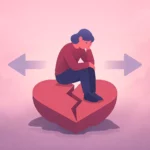
- Avoidant Attachment Breakup: The Surprising Crash After Calm

- Anxious Attachment After Breakup: Why You Spiral and How to Heal

- Attachment Style and Breakups: Discover the Powerful Science Behind Why It Hurts
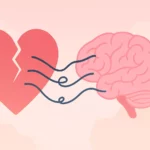
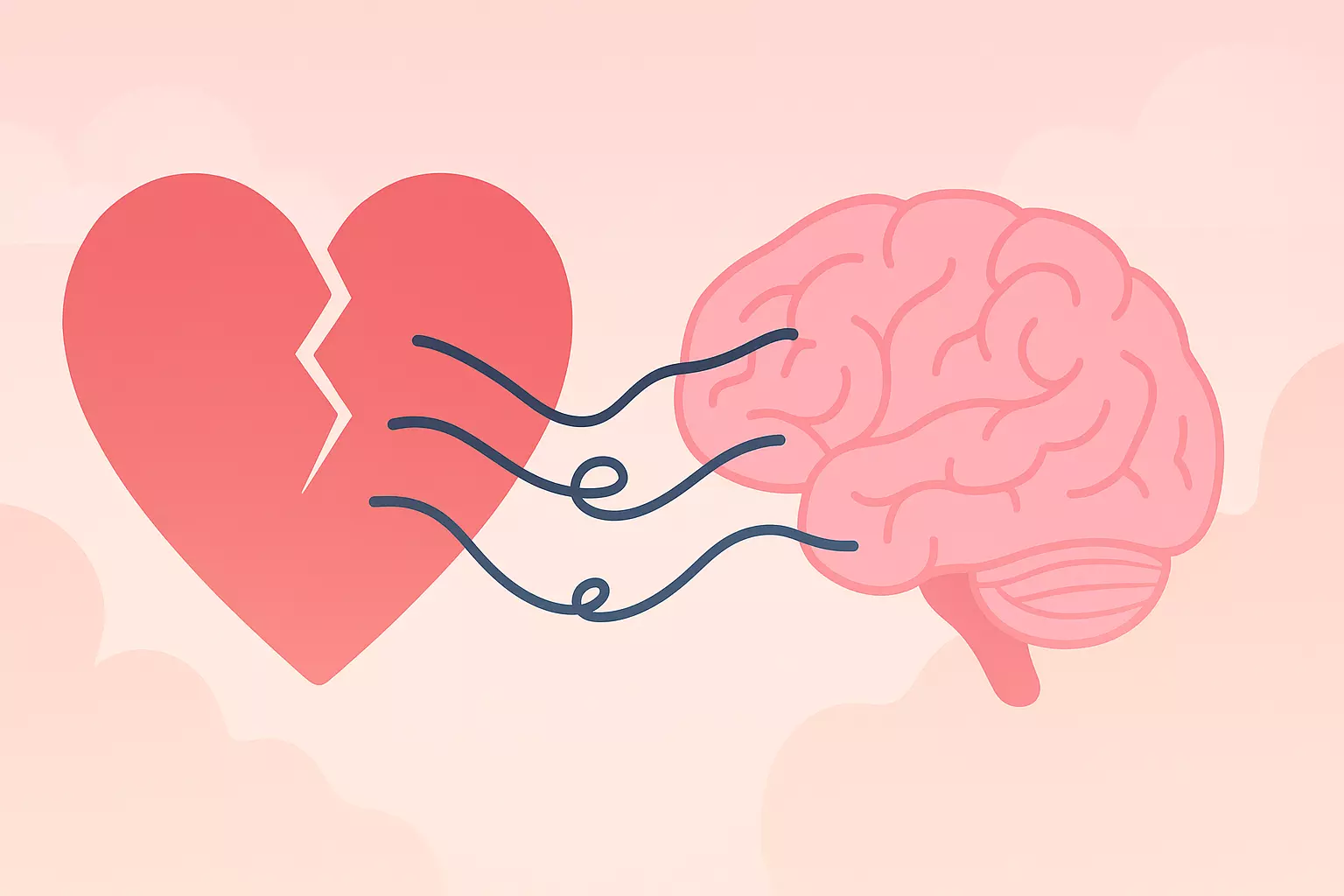
Leave a Reply